The Future of Packaging: Sustainable Innovations in Packaging Engineering
Baraka • November 15, 2024
The Future of Packaging: Sustainable Innovations in Packaging Engineering
Introduction
In a world where environmental concerns are growing day by day, the packaging industry is not lagging behind. Packaging engineering is evolving towards more sustainable practices that aim to reduce environmental impact and meet the changing demands of consumers. But what does it really mean to create sustainable packaging? In this article, we will explore the innovations that are shaping the future of packaging.
Definition of Sustainable Packaging
What is Sustainable Packaging?
Sustainable packaging refers to packaging designed to minimize its environmental impact throughout its life cycle. This includes everything from material selection to final disposal, always seeking to reduce waste and promote recycling.
Difference Between Traditional and Sustainable Packaging
Unlike traditional packaging, which often relies on petroleum-derived plastics, sustainable packaging uses renewable materials and techniques that promote a circular economy. This means not only reducing the use of non-renewable resources but also maximizing reuse and recyclability.
Innovative Materials in Sustainable Packaging
Biopolymers and Their Impact
Biopolymers, such as polylactic acid (PLA) and polyhydroxyalkanoates (PHA), are gaining popularity as alternatives to conventional plastics. These materials are biodegradable and compostable, meaning they break down naturally without leaving toxic residues.
Recyclable and Compostable Materials
The trend towards using recyclable materials is on the rise. Packaging made from recycled cardboard or recyclable plastics not only reduces waste but also allows companies to comply with increasingly strict environmental regulations.
Seaweed-Based Packaging and Other Natural Resources
Recent innovations have led to the development of seaweed-based packaging, which is completely biodegradable. These materials are not only sustainable but also offer unique properties that can enhance product preservation.
Emerging Trends in Packaging Engineering
Circular Economy in Packaging
The circular economy is a key approach for the future of sustainable packaging. This model seeks to close the product life cycle through reuse, recycling, and recovery of materials, thereby minimizing waste.
Design for Recycling
Designing for recycling involves creating packaging that is easy to disassemble and recycle at the end of its life cycle. This includes selecting compatible materials to facilitate processing.
Use of Advanced Technology in Packaging Development
Automation and digital technologies are revolutionizing how packaging is designed and produced. From 3D printing to artificial intelligence, these tools allow for more efficient and customized solutions.
Benefits of Sustainable Packaging
Reduction of Environmental Impact
One of the most evident benefits is the significant reduction in environmental impact. By using biodegradable or recyclable materials, plastic pollution is decreased, contributing to a cleaner environment.
Improvement in Brand Image
Companies that adopt sustainable practices often enjoy a better image among consumers, who increasingly value corporate social responsibility. This can translate into customer loyalty and higher sales.
Regulatory Compliance and Competitive Advantages
With environmental regulations becoming stricter, adopting sustainable solutions is not just good practice; it's a necessity for complying with current laws. This can provide a competitive edge over those who do not.

Success Stories: Brands Leading the Change
Examples of Innovative Companies
Brands like Unilever and Coca-Cola are leading the way towards a more sustainable future by implementing innovative practices in their packaging processes. These companies have developed products with entirely recyclable or biodegradable packaging.
Analysis of Their Sustainable Strategies
Unilever has set ambitious goals to reduce its environmental footprint, including commitments to make all its packaging reusable or recyclable by 2025. Coca-Cola has also launched initiatives to increase the use of recycled plastic in its bottles.
Challenges in Implementing Sustainable Packaging
Initial Costs and Return on Investment
One of the main obstacles is the initial cost associated with transitioning to sustainable materials. While it may be beneficial in the long run, many companies struggle to justify these upfront expenses.
Technological and Logistical Barriers
The lack of adequate infrastructure for recycling or processing new materials can be a significant challenge. Companies must work with suppliers and partners to overcome these barriers.
Consumer Education on Sustainability
It's not just important to innovate; educating consumers on how to properly handle these new types of packaging is crucial. Without this education, even the best efforts can fail.
The Future of Packaging: Innovations to Expect
Expected Technological Advances in Materials and Processes
New materials that are even more environmentally efficient are expected to continue developing. Research into advanced bioplastics is well underway.
Integration with the Internet of Things (IoT)
Connectivity will enable tracking products from production to final disposal, facilitating more efficient management of the entire product lifecycle.
Customization and Adaptability in Packaging
The ability to customize packaging according to consumer preferences will be key in the future. This will not only enhance customer experience but also foster greater brand loyalty.
Conclusion
The future of packaging is undoubtedly tied to sustainability and innovation. As companies adopt new technologies and responsible materials, we can expect significant changes towards greener practices within the sector. Packaging engineering has a crucial role to play in this journey toward a more sustainable world.
What is sustainable packaging?
Sustainable packaging refers to packaging designed to have a lower environmental impact throughout its life cycle by using renewable or recyclable materials.
What are the most commonly used materials in sustainable packaging?
Biopolymers, recycled cardboard, and biodegradable materials such as seaweed are some notable examples.
What benefits do sustainable packages offer companies?
Key benefits include reduced environmental impact, improved corporate image, regulatory compliance, and competitive advantages.
What are the main challenges in implementing sustainable packaging?
Common challenges include high initial costs, technological barriers, and the need for consumer education on how to handle these new packages properly.
What future trends are expected in packaging engineering?
Anticipated trends include increased use of advanced technology, mass customization, and integration with IoT as key factors shaping the future of sustainable packaging.



